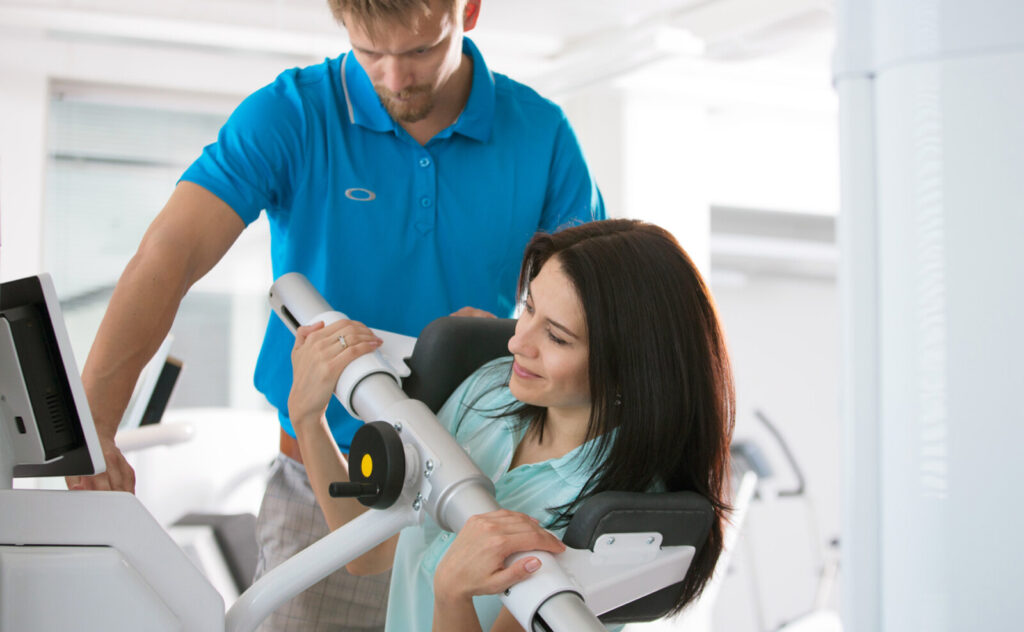In this post we discuss a highly effective German approach to back pain and ponder what we could learn from it here in the U.K.

Picture the scene, you have back pain so you visit your doctor.
She checks you over and concludes there doesn’t seem to be anything serious going. on. She thinks you would benefit from some strengthening exercises however.
You’re immediately referred to a clinic which uses specialist equipment to identify exactly where your back is weak.
You enrol on a back strengthening course that uses the same machines to target those weak muscles.
The data from your tests is shared with you so you can see exactly where you are compared to pain free populations.
Not only do you have a target, you can also see your progress week by week.
The course is paid for by your health insurance provider so it doesn’t cost you a penny.
In fact it actually saves them money in the long run because it has an 88% success rate so more expensive treatment is avoided.
Better for you, better for them.
Are you dreaming?
No you’re living in Germany.
Back pain care in the U.K.
Compare this to many people’s experience of back pain care here in the U.K.
If you’re using the NHS and your GP doesn’t think there’s anything seriously wrong with you, in most cases you’ll be told to go home and wait it out.
If the problem persists you may be offered a physiotherapy appointment which you’ll likely wait months for and in many cases wonder why you bothered.
This is not the physio’s fault. They have a 30 minute window to offer some sage advice and teach you an exercise. This is usually a stretch which won’t stop your back pain from returning, but may help you feel better in the short term.
If you choose to use private health care then you open yourself up to more possibilities, but not necessarily good ones as you might presume.
In the best case scenario you’ll meet a good physiotherapist who will help you understand your pain and give you exercises that begin to help you feel better.
In the worst case you’ll be bounced from pillar to post and be subjected to ever more invasive treatments. These may involve anything from injections to unnecessary surgery. Most of these high cost low value solutions will do little but create further issues.
So what can we learn from this?
1) An approach that tests for and isolates weakness in the trunk muscles is highly effective (I use the same thought process so this confirms my bias which is nice).
2) Strengthening exercises that are targeted and gradually progressed will solve the vast majority of back pain cases.
3) This approach is cost effective and saves on further unnecessary procedures.
Summary
Currently our approach to back pain in the U.K. is focused on treatment. When things go wrong there’s an effort to reduce your symptoms and help you feel better. This applies to both the NHS and the private sector.
Meanwhile our German friends are using exercise in an evidence based manner that will not only help people feel better in the short term, but also prevent further episodes.
This longer term perspective will lead to happier, more productive lives and lower health care costs over time. Genius.